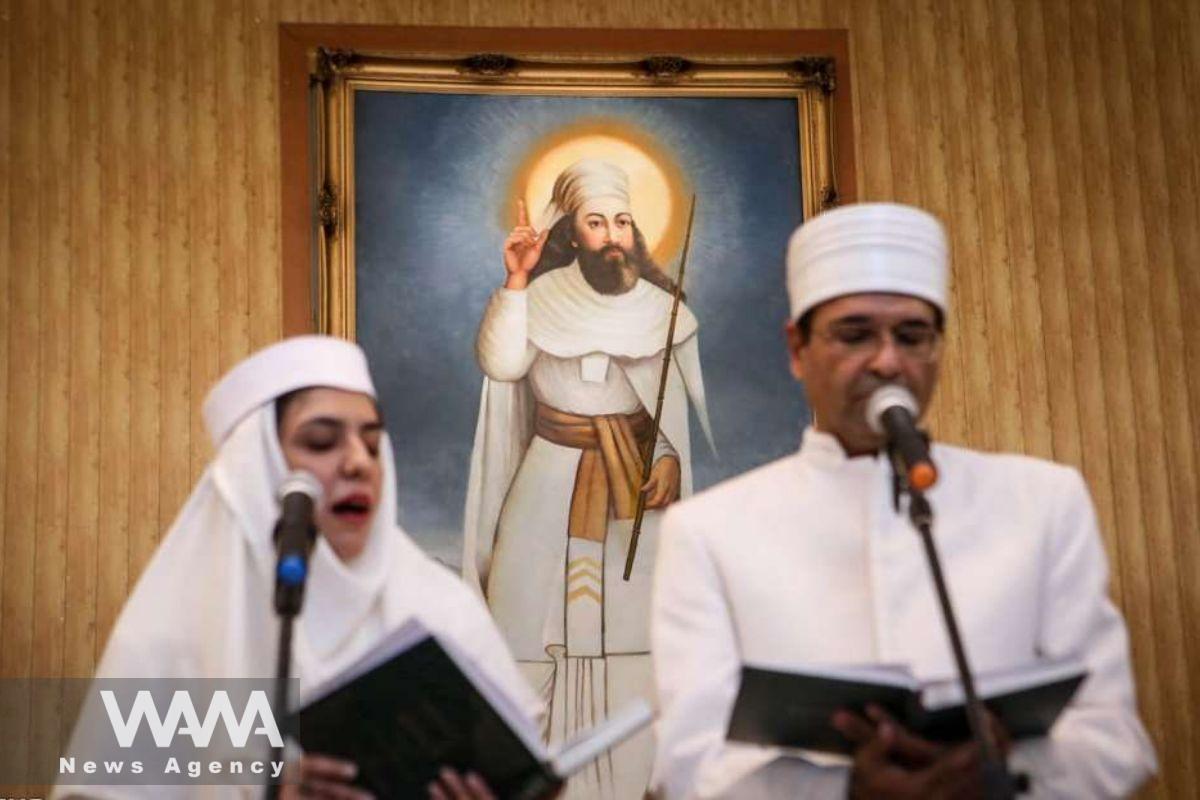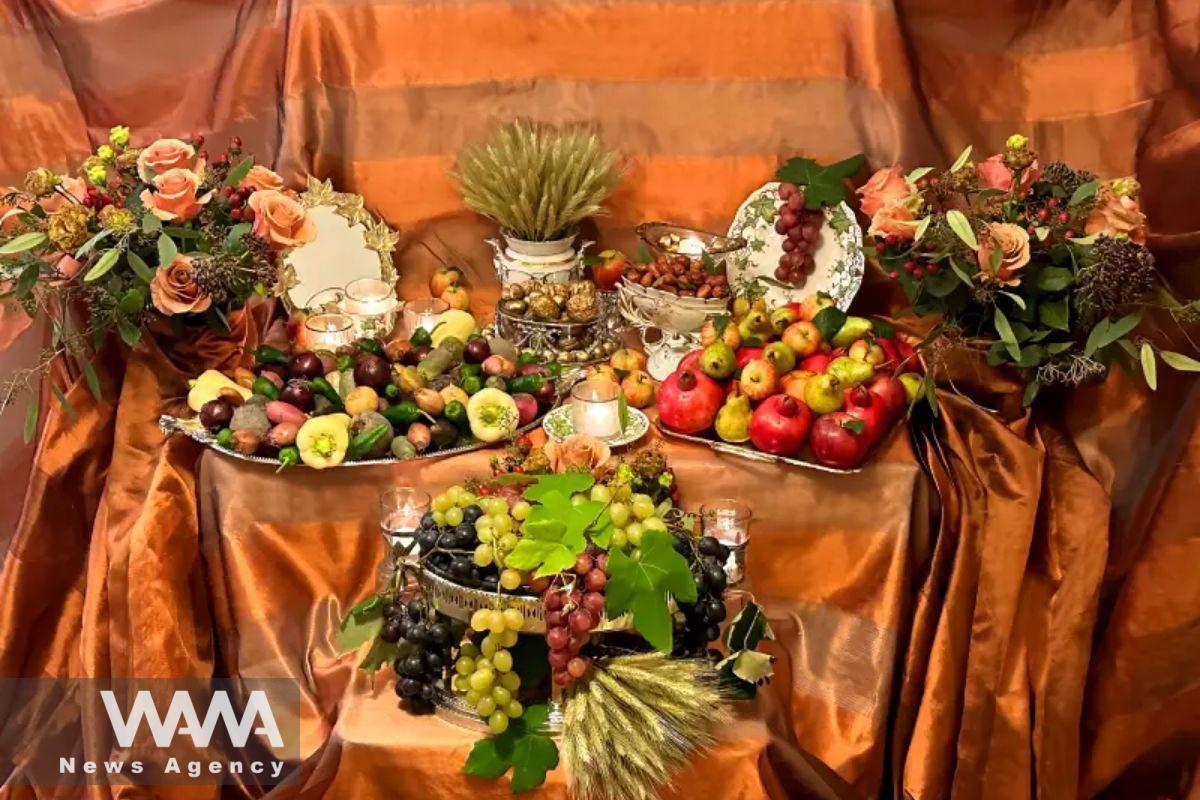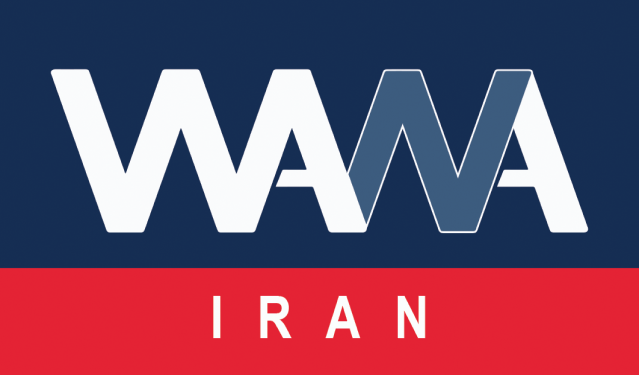Mehregan Festival: Cultural Heritage of Ancient Iran in Greek Texts
WANA (Jan 09) – The Mehregan Festival is one of the oldest and most prominent Iranian festivals, with a history that spans thousands of years. This festival, held in honor of the god Mithra (the angel of covenant, friendship, and love), symbolizes the celebration of the covenant, friendship, and nature.
Like Nowruz, Mehregan has been an inseparable part of ancient Iranian culture and is still recognized as one of Iran’s most valuable cultural heritages and a religious celebration of the Zoroastrian Iranians.
History of the Mehregan Festival
The Mehregan Festival, recently registered in UNESCO‘s World Memory and recognized as an intangible cultural heritage of Iran, has its roots in ancient Iran. Some evidence suggests that it was celebrated during the Achaemenid era and even earlier.

Mehregan Festival celebrated by Zoroastrians in Iran. Social media/ WANA News Agency
Mehrdad Malekzadeh, an Iranian archaeologist, has stated that Greek historians such as Herodotus and Ctesias referred to this festival. The festival symbolizes the arrival of autumn and the harvest season. It was a time of gratitude and thanksgiving to the gods for a bountiful agricultural harvest, as well as a celebration of the blessings of nature.
The name “Mehregan” is derived from the god Mithra, who in Iranian beliefs represents the covenant, love, and light. The importance of this festival was so significant that the word “Mehregan” entered the Arabic language as “Mehrjan,” meaning festival, which is used in Arabic texts. This cultural influence highlights the special place Mehregan holds in the history and civilization of Iran.
Mehregan in Ferdowsi’s Shahnameh
The most notable accounts of this festival appear in Ferdowsi’s epic, the Shahnameh. In this legendary work, the story of Fereydun’s triumph over the tyrannical king Zahhak is recounted.
Ferdowsi narrates how Zahhak, a cruel and oppressive ruler, subjected the Iranian people to great suffering. Serpents on Zahhak’s shoulders demanded the daily sacrifice of two young Iranians’ brains. Fereydun, with the support of Kaveh the Blacksmith, led an uprising and ultimately defeated Zahhak after a fierce battle.
This victory, symbolizing the triumph of good over evil and justice over oppression, was celebrated by the Iranian people. Mehregan became a commemorative festival of this monumental victory, observed annually with great enthusiasm and joy.

Rituals of the Festival
The rituals of the Festival are full of symbols and special ceremonies that refer to nature, abundance, and respect for the deity Mithra. Some of the most important rituals include:
Wearing Purple Clothes: Iranians wore purple clothes on the day of Mehregan, a color symbolizing grandeur and beauty, chosen in honor of Mithra.
Setting Up Mehregan Tables: The table included sirouk (a type of bread), seasonal fruits, nuts, vegetables, mirrors, firepots, rosewater, special sweets, and a drink called Houmeh with milk, which everyone attending the celebration was to drink as a sign of the “covenant.” These items, when placed together, symbolize the abundance and blessings of nature.
Lighting the Fire: Fire, as a symbol of light and warmth, holds a special place in this celebration, and rituals surrounding it were conducted.
Prayers and Invocations: During the festival, Iranians recited prayers for peace, friendship, and abundance, asking the deity Mithra for goodness and blessings.

Yalda, A Festival Beyond Borders
WANA (Dec 19) – In today’s interconnected world, Yalda has evolved far beyond its origins in ancient Persia, gaining a modern, global footprint. Thanks to the Iranian diaspora and increased cultural exchange, this winter solstice celebration has started inspiring traditions, gatherings, and even culinary experiments across the globe. As Iranians have emigrated to […]












